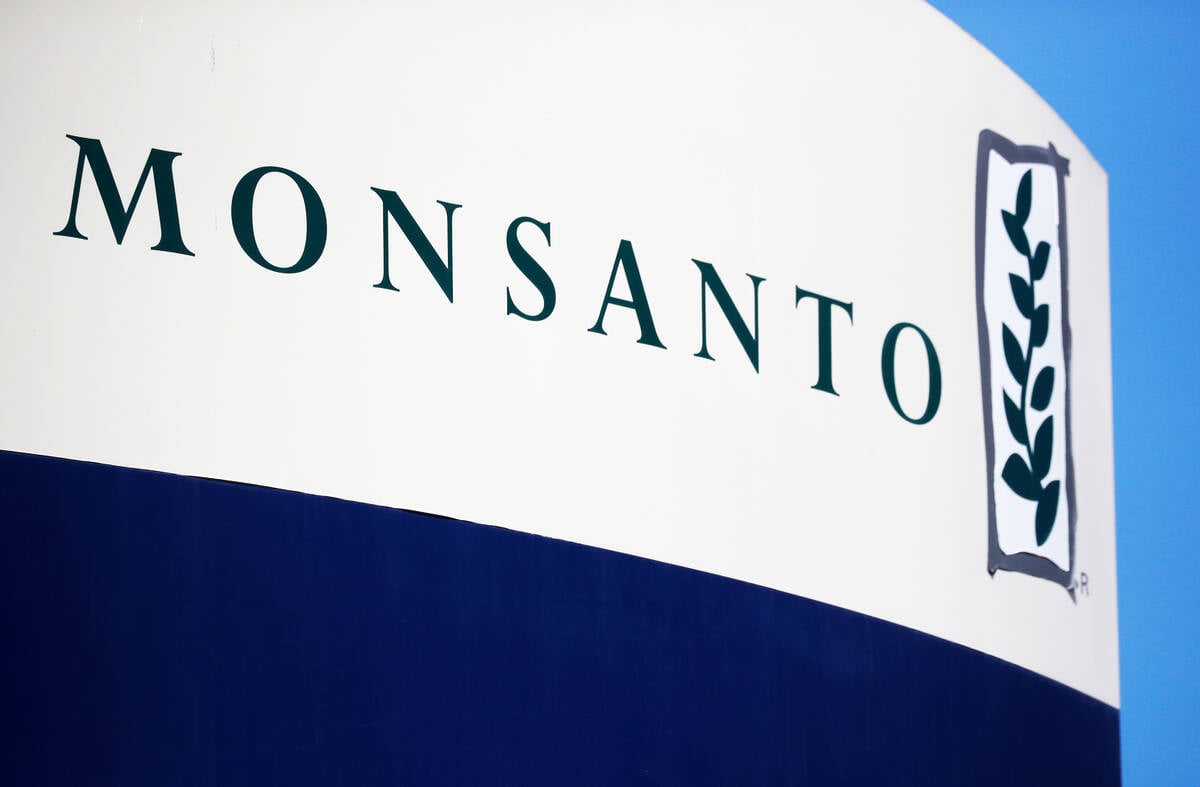The next national agricultural policy framework will take effect April 1, 2023.
That gives the federal, provincial and territorial agriculture ministers just over a year to make the new rules that will govern countless aspects of your business’s financial life. That’s not much time to get them right.
One of the biggest bones of contention is going to be the AgriStability program, or whatever the ministers can come up with to replace it.
It’s no secret this program has gone off like a wet firecracker. The goal of farm programs has long been to be stable, predictable and bankable. I suppose one might concede that AgriStability has been predictably bad.
Read Also

Roundup retraction makes public trust ripples
A foundational study on glyphosate safety was recently retracted, while Roundup maker Bayer has already said it may ditch the key agricultural herbicide after lawsuits piled up.
Farmers certainly appear to think so. They’re so unimpressed by it that they’ve been voting with their feet for years; program participation rates have fallen. Some fiddles over the past couple of years — such as removing the reference margin limit — may have piqued a bit of renewed interest, but overall, reaction to the changes could be summed up as ‘underwhelmed.’
Two of the biggest sticking points have been the compensation rate, and how much their margins must fall to get that payment.
Right now, farmers’ income must fall to 70 per cent of their reference margin, and then they’re compensated to the 70 per cent level — for losses beyond that 30 per cent. You don’t even need a pencil and a scratch pad to see those figures are going to be pretty small — and rare.
Federal Agriculture Minister Marie-Claude Bibeau offered to raise the compensation rate to 80 per cent in the winter of 2020-21, but those changes didn’t garner support from the governments of the Prairie provinces, which was necessary for that to happen.
Farm groups have long lobbied for a return to the 85 per cent trigger, which disappeared years back, essentially because the Prairie provinces said they couldn’t afford it.
In all likelihood they couldn’t, and delving into this reveals some of the uncomfortable math of farm programs in Canada, and their nature as ‘shared-jurisdiction’ programs with federal and provincial responsibilities.
It all comes down to the relative scale of agriculture in a provincial economy and how that exposes the provincial budget to risks due to the capriciousness of both Mother Nature and Father Market.
In Manitoba, for example, farm cash receipts in 2019 were $6.63 billion (roughly 10 per cent of Canada’s total farm cash receipts for that year), and the provincial GDP was $68.1 billion.
Contrast that to Ontario, where total farm cash receipts were $14.86 billion for the same year, compared to a provincial GDP of $744 billion.
That’s a much larger economy to fund some farm business risk management programs. And that’s likely one of the reasons that Ontario was one of the first provinces willing to sign on to the federal pitch to boost payments.
It raises the question, as agriculture policy-makers embark on the once-in-five-years project that is the agriculture policy framework, if a workable national program is even possible.
It seems unlikely, so long as the sacrosanct 60/40 funding formula remains in place, and the Prairie economies remain as reliant as they are on commodities generally and agriculture specifically.
The Prairie agriculture ministers have proposed other models that might work better for them, mainly something similar to crop insurance. The feds and provinces would kick in funds annually, but over time it would build a reserve fund and be actuarially sound.
The only problem is that it seems to have completely failed to gain any traction, unless it’s being quietly discussed behind closed doors.
The reality is, there aren’t a lot of good answers here.
Perhaps, were it even constitutionally possible, responsibility for this divided portfolio might be placed with just one level of government. But then the choice would either be the distant (and likely unresponsive) federal government, or the closer (but still cash-strapped) provincial government.
The downside of an insurance program is that it would almost certainly require more producer dollars. But it may well be the better of two less than ideal models.
It would at least allow the risk pool to be spread widely enough that it might provide more predictable and meaningful coverage for farm businesses.
It might even be worth considering avoiding the temptation to build separate provincial mechanisms in favour of a broad, federally administered program, that would draw on the largest risk-sharing pool possible for Canadian farmers.
But one thing is certain. It’s time to look for a new model. Because right now all that’s happening is wallpapering over the cracks of a program that is fundamentally flawed.















